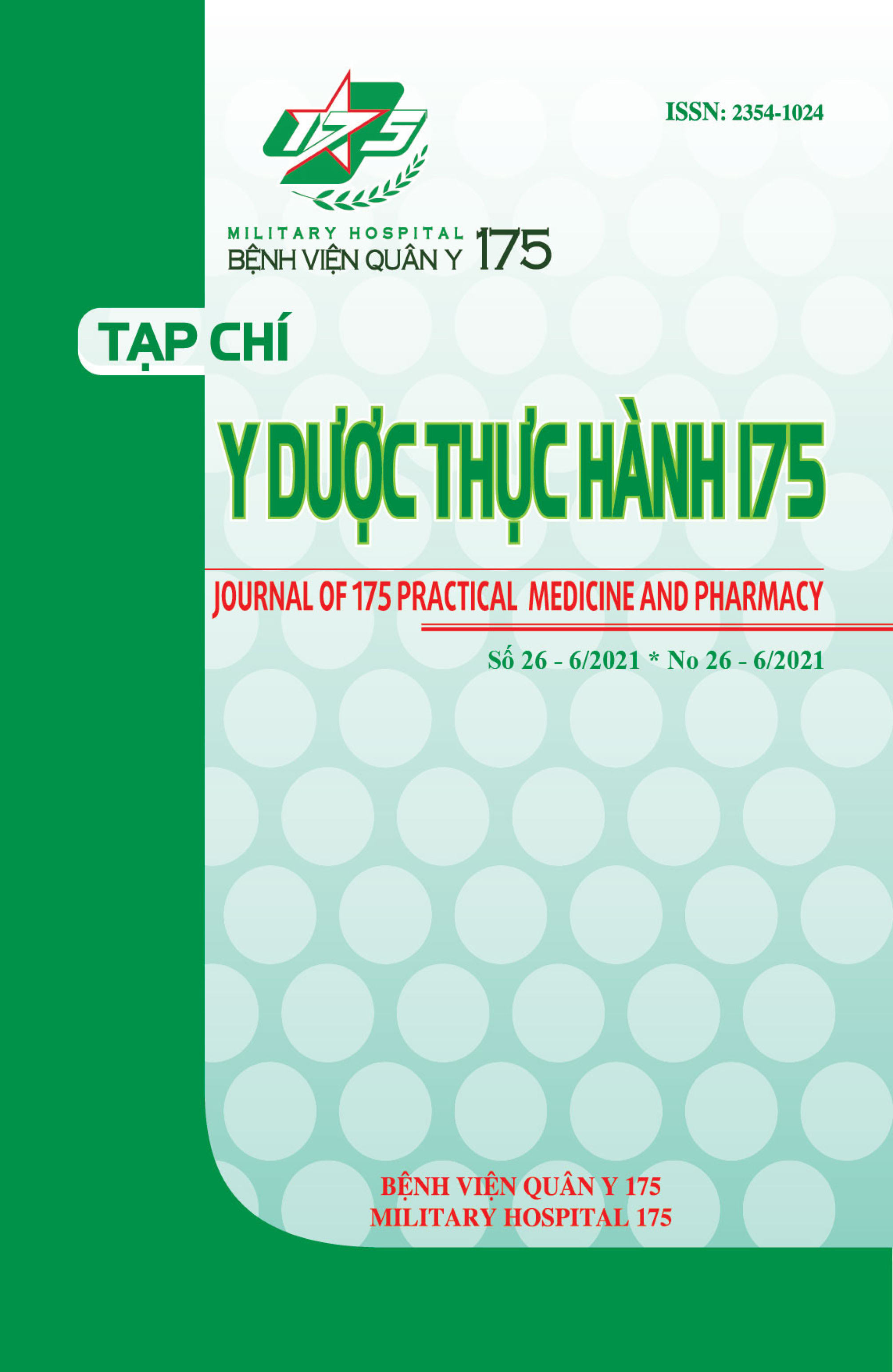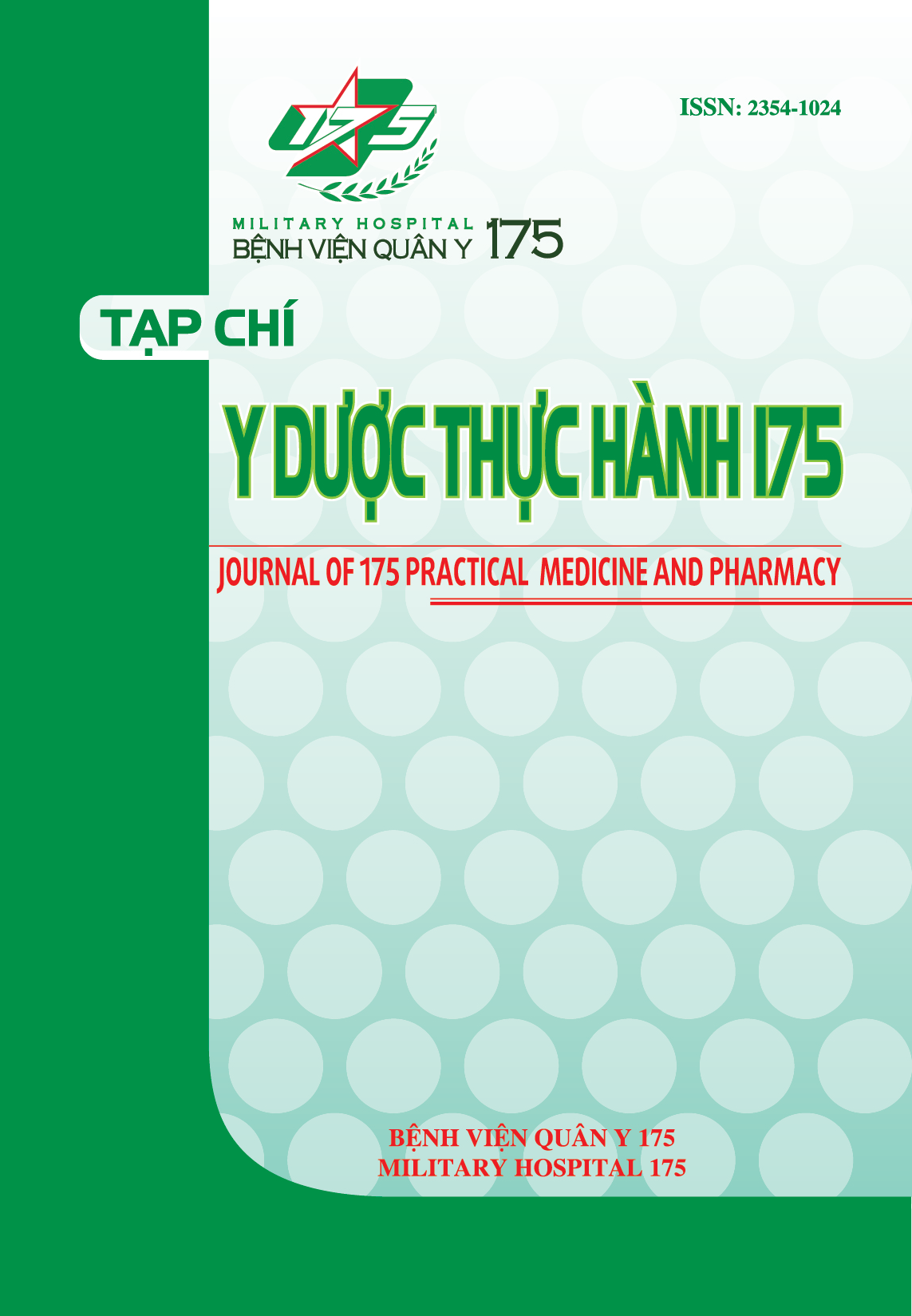NHÂN MỘT TRƯỜNG HỢP PHÙ PHỔI DO TÁI GIẢN NỞ PHỔI SAU DẪN LƯU KHÍ MÀNG PHỔI
Các tác giả
Từ khóa:
Tràn khí màng phổi, Phù phổi, Dẫn lưu ngực, Tái giản nở phổiTài liệu tham khảo
Mahfood S., Hix W.R., Aaron B.L., Blaes P., Watson D.C. Reexpansion pulmonary edema. Ann Thorac Surg. 1988;45(3):340–345.
Carlson R.I., Classen K.L., Gollan F., Gobbel W.G., Jr., Sherman D.E., Christensen R.O. Pulmonary edema following the rapid reexpansion of a totally collapsed lung due to a pneumothorax: a clinical and experimental study. Surg Forum. 1958;9:367–371.
Brooks J.W. Open thoracotomy in the management of spontaneous pneumothorax. Ann Surg. 1973; 177(6) :798–805.
Matsuura Y., Nomimura T., Murakami H., Matushima T., Kakehashi M., Kajihara H. Clinical analysis of reexpansion pulmonary edema. Chest. 1991; 100(6):1562–1566
Tarver R.D., Broderick L.S., Conces D.J., Jr. Reexpansion pulmonary edema. J Thorac Imaging. 1996; 11(3): 198–209.
Gleeson T., Thiessen R., Müller N. Reexpansion pulmonary edema: computed tomography findings in 22 patients. J Thorac Imaging 2011;26(1): 36–41.
Sohara Y. Reexpansion pulmonary edema. Ann Thorac Cardiovasc Surg. 2008;14(4):205–209.
Gumus S., Yucel O., Gamsizkan M., Eken A., Deniz O., Tozkoparan E. The role of oxidative stress and effect of alpha-lipoic acid in reexpansion pulmonary edema – an experimental study. Arch Med Sci. 2010;6(6):848–853.
Sue R.D., Matthay M.A., Ware L.B. Hydrostatic mechanisms may contribute to the pathogenesis of human re-expansion pulmonary edema. Intensive Care Med. 2004;30(10):1921–1926.
Baumann M.H., Strange C., Heffner J.E., Light R., Kirby T.J., Klein J. Management of spontaneous pneumothorax – an American college of chest physicians Delphi consensus statement. Chest. 2001;119(2):590–602.
Abunasser J., Brown R. Safety of large-volume thoracentesis. Conn Med. 2010;74(1):23–26.
Sherman S.C. Reexpansion pulmonary edema: a case report and review of the current literature. J Emerg Med. 2003;24(1):23–27.
Yucel O., Ucar E., Tozkoparan E., Gunal A., Akay C., Sahin M.A. Proanthocyanidin to prevent formation of the reexpansion pulmonary edema. J Cardiovasc Surg. 2009;4:40–48.
Tải xuống
Tải xuống: 70










